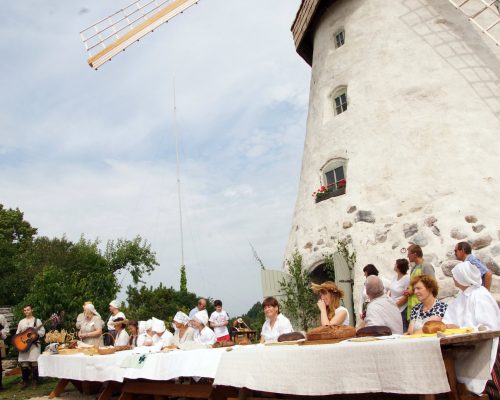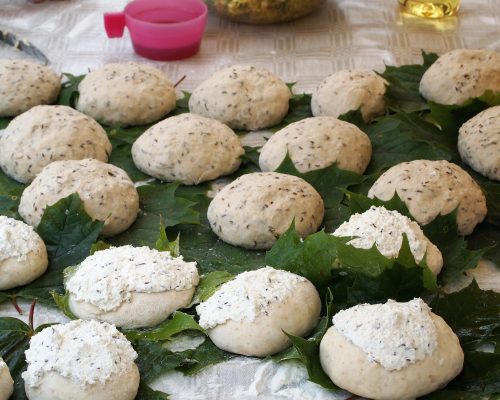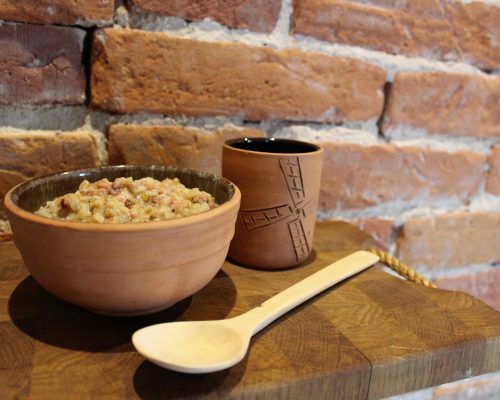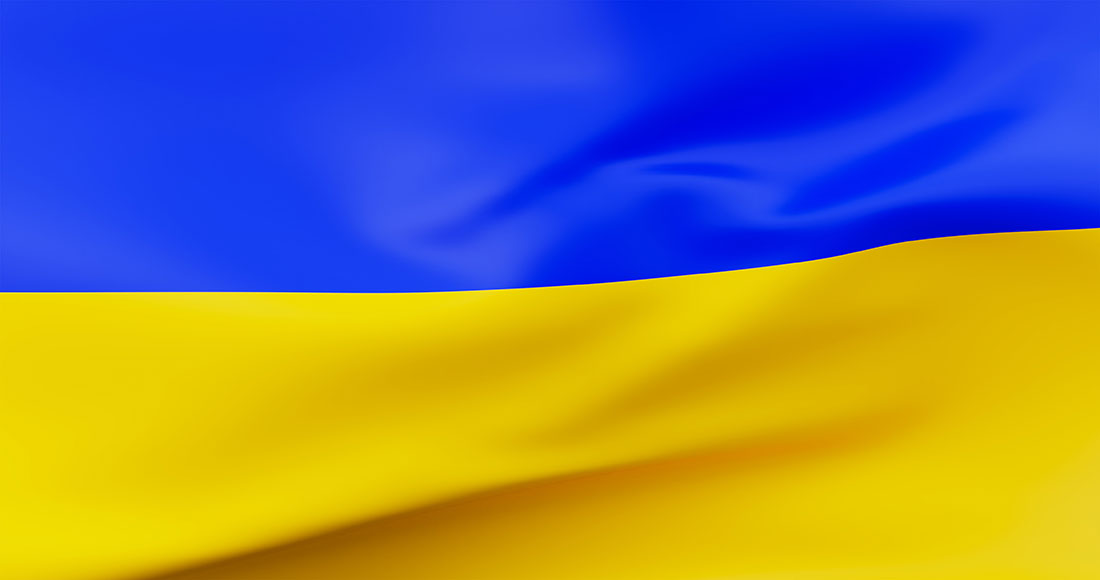Āraiši Windmill
Windmill. Grains, flour and groats. Porridge for strength and bread soup. Bread Festival on Jēkabi Day and Annas Day.
Āraiši windmill can be noticed from far away. It stands proudly at the end of a hill, in a very beautiful place, be it winter or summer. In ancient times, the windmill belonged to Drabeši Manor, nowadays it is managed by the 6th generation of the family of Vineta Cipe. The windmill has been refurbished, its statuesque wings rotating, turning grains into coarse and fine flour between the millstones.
At the windmill travellers can get to know its structure and operation, regain strength with millers’ lunch – barley groat porridge made with raw milk, with dried pork and onion sauce. For dessert you can enjoy bread soup, enriched with rowan berries, apple slices, and decorated with sweet cream topping.
Bread Day, which takes place every year at the end of July, has become a tradition. In the countryside of Latvia, the Day of the Farmer was celebrated on Jēkabi Day (25 July), whereas the Day of the Farmer’s Wife was celebrated on Annas Day (26 July). On the Day of the Farmer, new rye was harvested and bread was baked from it. It was a very important and solemn event that everyone in the family was waiting for. The beautiful tradition continues to be celebrated in the Āraiši windmill. Bread bakers from Latvia, Lithuania and Estonia come here with their loafs. There is an open-air bread oven at the windmill. Experienced bread bakers allow guests to try out shaping a loaf and putting it into the oven on a bread-shovel. It is a tradition to bake also scones, barley pies, patties and Annas Day pancakes. Enchanting fragrances intertwine with folk songs.
Everyone is welcome at the Bread Festival, which is suitable for families with children. During the rest of the year group tours and meals must be coordinated in advance. Individual tourists without booking are welcome from May to November. The history of the windmill, wrapped in myths, reminds of the Latvian classics – Kārlis Skalbe’s tale about the Cat Mill (Kaķīša dzirnavas). If you haven’t read it, come and find out, why!

